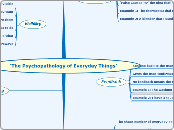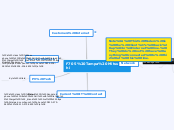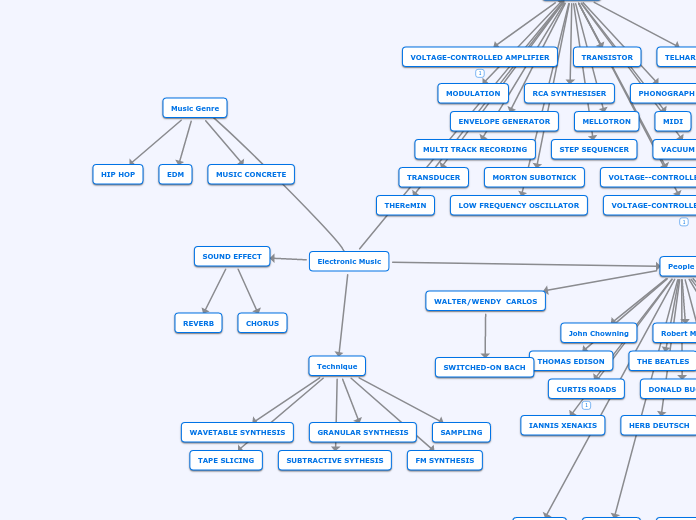af Andy Potts 16 år siden
656
‘The Psychopathology of Everyday Things’
Navigating the use of everyday objects can be challenging, even for experts. A crucial aspect of interaction is the presence of conceptual models, which are mental frameworks that guide users on how to operate devices.









